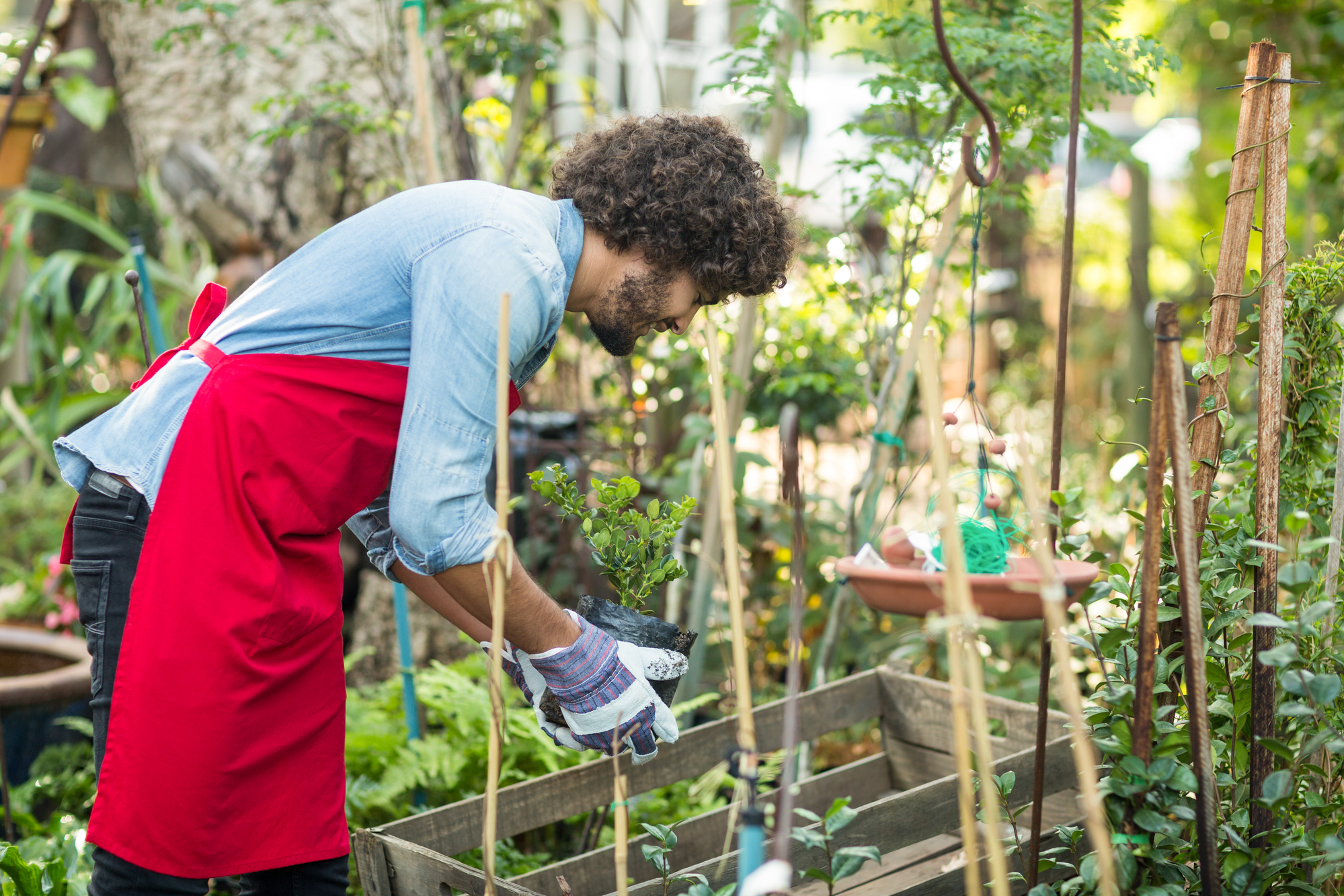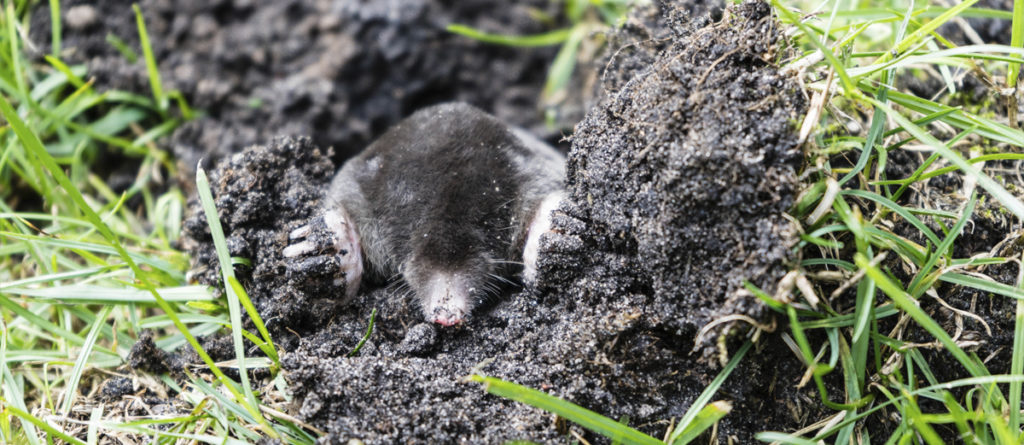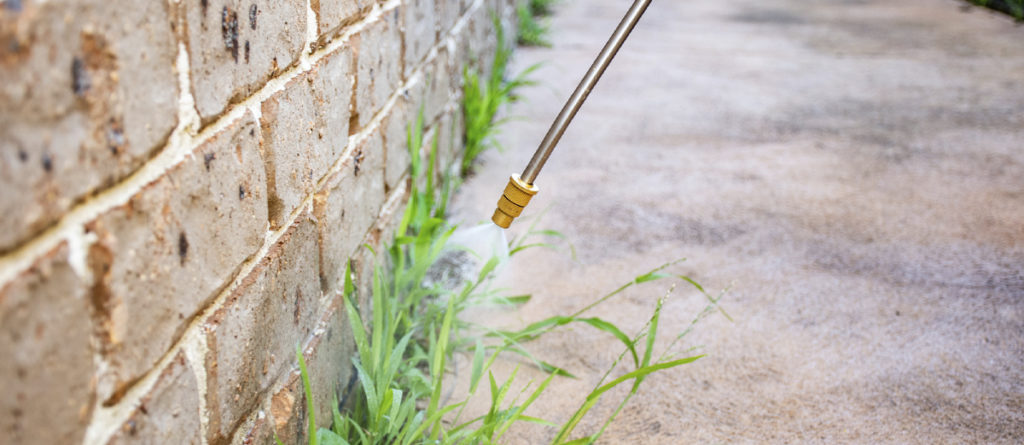As scientists discover more about the impact that humans have on the environment, especially when it comes to utilizing toxic pesticides and other harmful agricultural practices, more people are attempting to reverse this impact through conservation efforts elsewhere in their lives. For many people, the best way to apply these conservation efforts is in their own backyard.
Backyard conservation can take many forms, from planting a garden to providing habitat for wildlife. However, there are some challenges that come with these efforts. However, even though there may be plenty of challenges associated with backyard conservation efforts, they’re typically all worth it in the end, especially if you have the environment and your wallet in mind.



